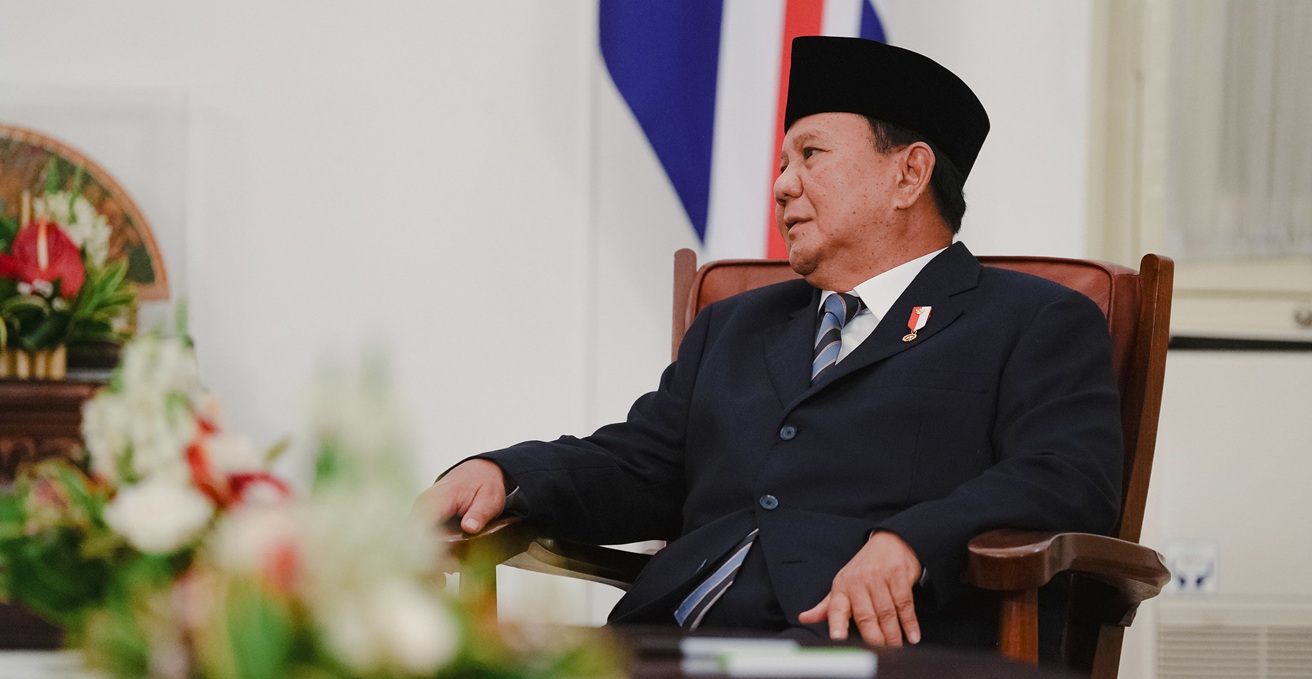Women in Hawaii and the Gender Wage Gap
The Gender Wage Gap in Hawaii
According to the University of Hawaii Economic Research Organization’s latest forecast, the average male in Hawaii out-earned the average female by 50%, compared to 69% nationally. The study found that men earned more than women at every education level and in 82% of occupations.
The Motherhood Penalty
One cause of this disparity is the “motherhood penalty,” which refers to the financial penalties that often accompany motherhood. The earnings gap between married men and women in Hawaii widens significantly starting in their early 30s, as men’s earnings increase at a faster pace than women’s.
The Impact of Child Care
Child care is a major factor contributing to the post-30s earning cliff facing women. Mothers with young children are more likely than fathers to reduce their work hours. In Hawaii, the high cost and low availability of child care exacerbate the problem.
- Hawaii families pay an average of $875 to $1,821 per month for child care.
- Families who can afford the steep price still struggle to find an open slot.
- Families who rely on subsidies fare even worse.
The Ready Keiki Initiative
The “Ready Keiki Initiative” unveiled by Lt. Gov. Sylvia Luke aims to address the child care shortage in Hawaii. The initiative plans to:
- Create 80 preschool classrooms by August 2024.
- Create 465 classrooms by 2032 at public schools, private businesses, and University of Hawaii campuses.
- Increase subsidies for lower-income families.
- Build partnerships to train new preschool workers.
Lt. Gov. Luke emphasizes that supporting women in the workforce and achieving pay equity requires a multifaceted approach, and child care is a significant barrier for mothers returning to work. The Ready Keiki Initiative aims to provide economic stability for local families by expanding free, public pre-K seats statewide and increasing child care subsidies.
Addressing the Early Education Shortage
State legislators are also working to address Hawaii’s early education shortage with House Bill 1964, which establishes a child care provider subsidy and bonus program. The Women’s Legislative Caucus supports this bill as a step towards closing the wage gap in Hawaii.
Preschool workers are often the lowest paid educators with one of the hardest jobs, leading to high turnover rates. The proposed bill aims to sustain the existing workforce and attract more people into the field.
The Importance of Paid Family Leave
Paid family leave is another important component in achieving gender parity. Lawmakers have introduced multiple bills to provide paid family leave in Hawaii, recognizing the need to support caregivers and address the gender gap in the workplace.
Multiple bills to establish a paid family leave program for state and county employees went unheard during this session.
However, the only bill to receive a hearing, House Bill 2527, faced controversy due to its mandatory payroll deduction to fund the program. Organizations like the United Public Workers and business associations opposed the bill, citing financial burdens and productivity costs for businesses.
While initiatives to improve child care in Hawaii are commendable, paid family leave is equally important in achieving gender pay equity. Lawmakers should consider the multiple bills that establish a paid family leave program for state and county employees as a better starting point.
SDGs, Targets, and Indicators
1. Which SDGs are addressed or connected to the issues highlighted in the article?
- SDG 5: Gender Equality
- SDG 8: Decent Work and Economic Growth
- SDG 10: Reduced Inequalities
2. What specific targets under those SDGs can be identified based on the article’s content?
- SDG 5.4: Recognize and value unpaid care and domestic work through the provision of public services, infrastructure, and social protection policies and the promotion of shared responsibility within the household and the family.
- SDG 8.5: By 2030, achieve full and productive employment and decent work for all women and men, including for young people and persons with disabilities, and equal pay for work of equal value.
- SDG 10.4: Adopt policies, especially fiscal, wage, and social protection policies, and progressively achieve greater equality.
3. Are there any indicators mentioned or implied in the article that can be used to measure progress towards the identified targets?
- Indicator for SDG 5.4: Average earnings gap between men and women at different stages of their careers.
- Indicator for SDG 8.5: Gender wage gap in Hawaii compared to the national average.
- Indicator for SDG 10.4: Percentage of women reducing work hours due to childcare responsibilities.
Table: SDGs, Targets, and Indicators
| SDGs | Targets | Indicators |
|---|---|---|
| SDG 5: Gender Equality | Target 5.4: Recognize and value unpaid care and domestic work through the provision of public services, infrastructure, and social protection policies and the promotion of shared responsibility within the household and the family. | Indicator: Average earnings gap between men and women at different stages of their careers. |
| SDG 8: Decent Work and Economic Growth | Target 8.5: By 2030, achieve full and productive employment and decent work for all women and men, including for young people and persons with disabilities, and equal pay for work of equal value. | Indicator: Gender wage gap in Hawaii compared to the national average. |
| Target 8.5: By 2030, achieve full and productive employment and decent work for all women and men, including for young people and persons with disabilities, and equal pay for work of equal value. | Indicator: Percentage of women reducing work hours due to childcare responsibilities. | |
| SDG 10: Reduced Inequalities | Target 10.4: Adopt policies, especially fiscal, wage, and social protection policies, and progressively achieve greater equality. | Indicator: Percentage of women reducing work hours due to childcare responsibilities. |
Behold! This splendid article springs forth from the wellspring of knowledge, shaped by a wondrous proprietary AI technology that delved into a vast ocean of data, illuminating the path towards the Sustainable Development Goals. Remember that all rights are reserved by SDG Investors LLC, empowering us to champion progress together.
Source: civilbeat.org

Join us, as fellow seekers of change, on a transformative journey at https://sdgtalks.ai/welcome, where you can become a member and actively contribute to shaping a brighter future.






